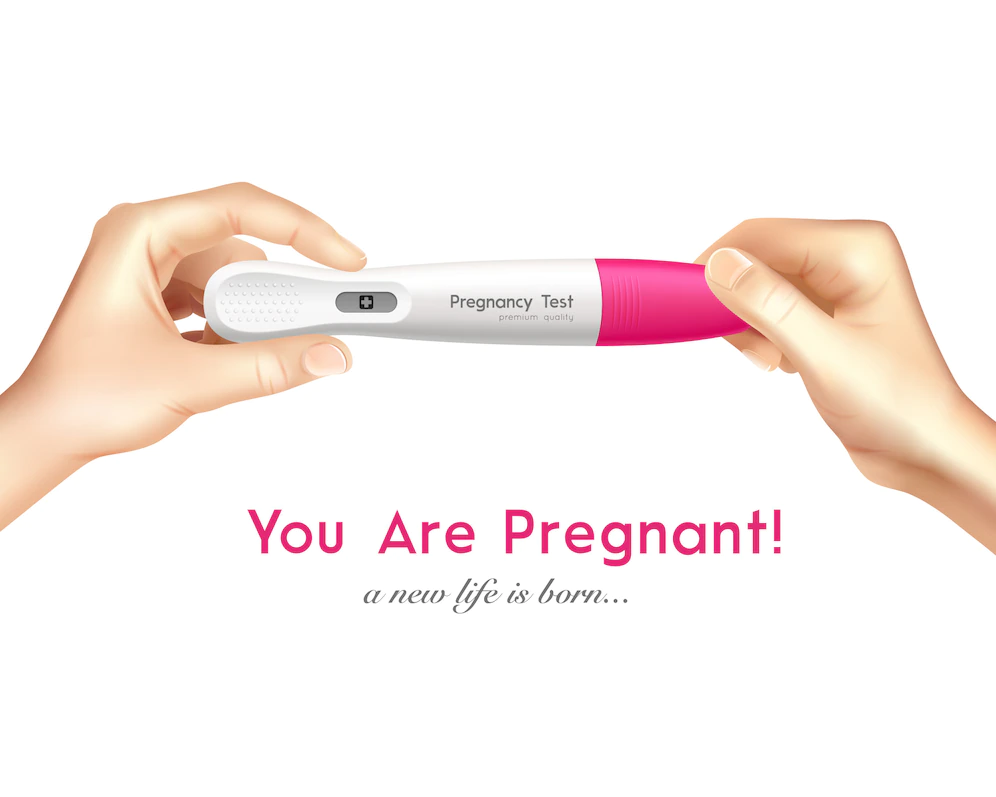In vitro traces its origin to Latin and it means ‘in glass’. In medical terms, IVF involves fertilisation or the fusion of the male and female gametes outside of the human body – in a laboratory dish. Due to the nature of the process, the term “test tube baby” is used in common parlance for the procedure.
IVF can be performed in two ways – self cycle and donor cycle. In self cycle, eggs and sperms from the female and male partners, respectively, are collected. Donor cycle comprises utilising either egg or sperm or both from a donor; sometimes, even donor embryos may be used in an IVF cycle. The female egg and the male egg are then fertilised in sterile and controlled laboratory conditions to result in an embryo. The embryo is allowed to develop to the blastocyst stage before it is transferred into the female partner or surrogate’s uterus. A beta-human chorionic gonadotropin (beta-hCG) test is then performed two weeks later to ascertain if implantation has taken place.





